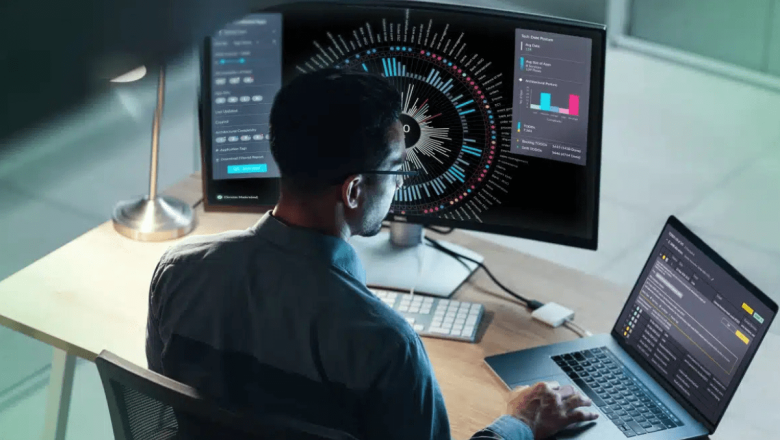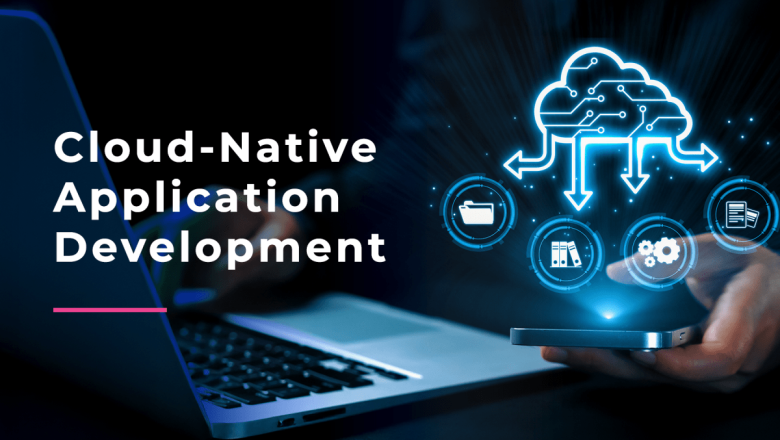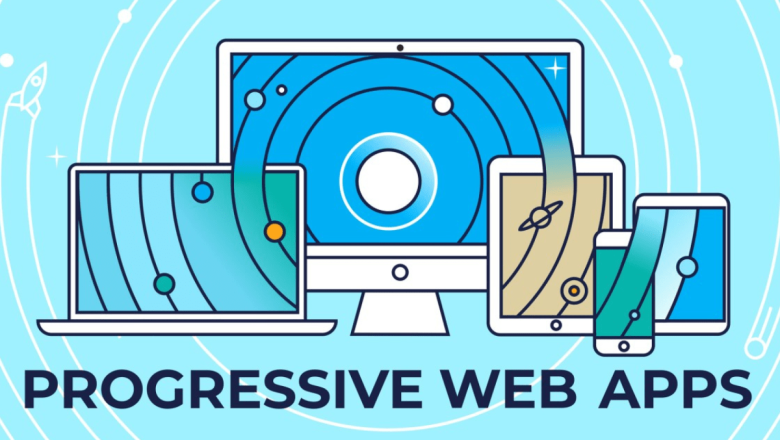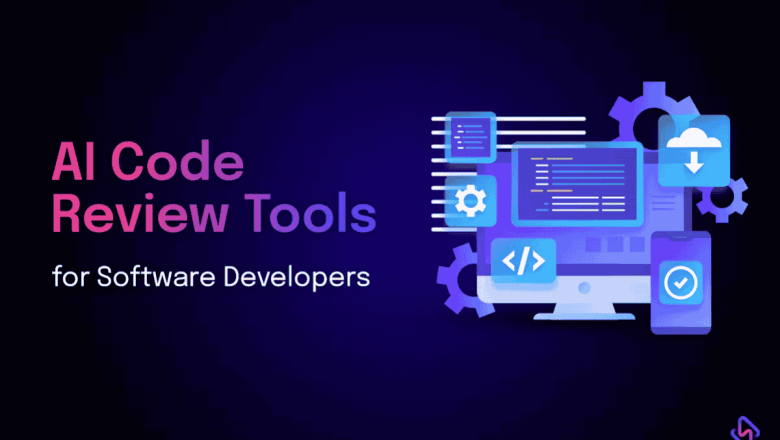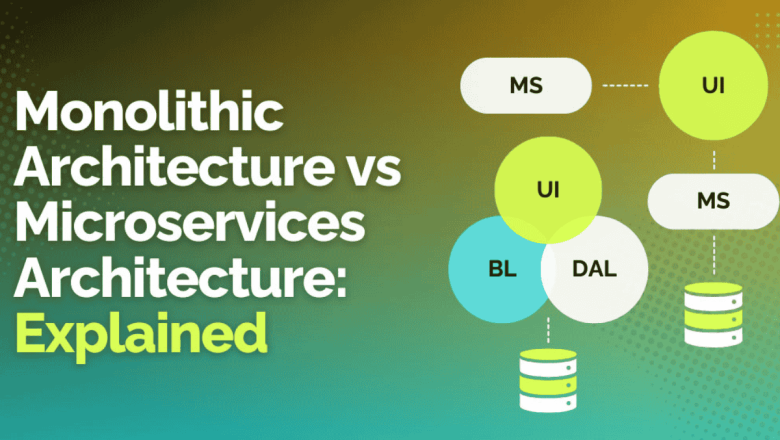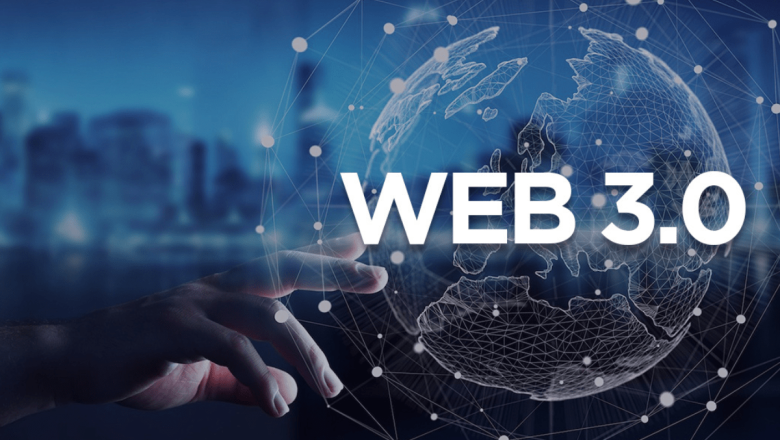
Web3 Development Trends for 2025: The Next Evolution of the Internet
The growth of Web3 development is altering the ways that the digital world operates with the focus upon decentralization, openness and the right of ownership for users.
As we get closer to 2025, both business and developers are shifting off of Web2's traditional model and towards blockchain-powered systems that are changing the ways in which identities, data and value can be transferred through the Internet.
Web3 does not have to remain a euphemism; it's the basis of technological advancement in the digital age.
Interoperable Blockchain Ecosystems
A most significant Web3 developments for 2025 involves the advent of blockchains that can interoperate. Developers are determined to create platforms that allow seamless data exchange between different blockchains.
...

